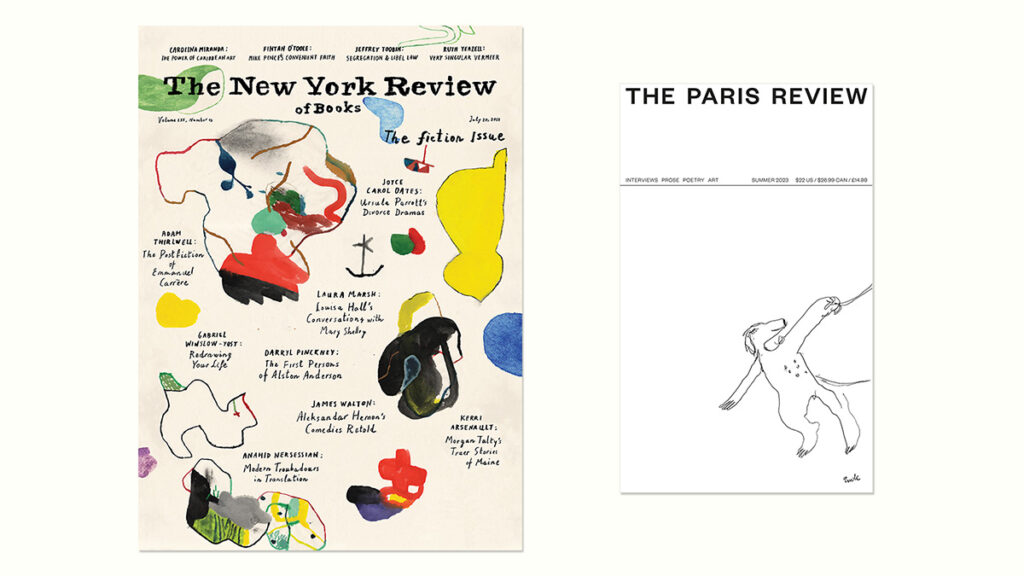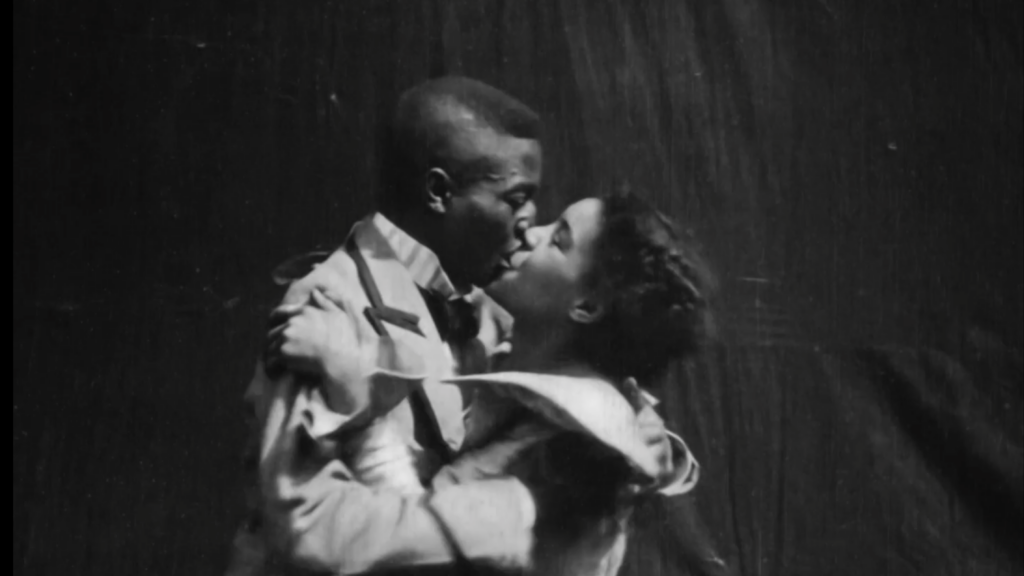In early June, I distributed an author survey to gauge the impact of book bans on authors. The survey specifically sought to look at where or how school and library visit invitations have changed since 2021 — the first year this wave of book bans really caught fire. Are authors seeing their incomes decrease? Are they seeing fewer invites to speak to students out of fear of the content their books include? The results are in.
It is worth noting that this survey had 25 responses. This is significantly more than the agent survey earlier this year, though it is in no way able to represent the population of authors; it can’t even represent the population of authors writing the kinds of books being challenged, censored, and banned right now. The author survey reached an even bigger audience of potential respondents than the agent survey did, and both saw wide distribution through new and legacy industry channels. That said, this array of responses is likely indicative of trends happening more broadly and by those who are writing the kinds of books being targeted.
All survey takers were able to remain anonymous, so commentary will be without attribution. Chances are what was stated, though, represents common themes seen by both the other survey takers and the broader kid lit author world in the U.S. It is worth noting that open-ended questions yielded much smaller response pools, evident as you read through the results.
Because some of the questions were cut off in the graphics produced from the survey, I have duplicated them in full above the response.
Due to the length of this survey, note that this week’s book censorship news roundup is in a separate post. You can access it here, and you’ll also be linked to that post at the conclusion of this one.
Copyright
© Book Riot



















